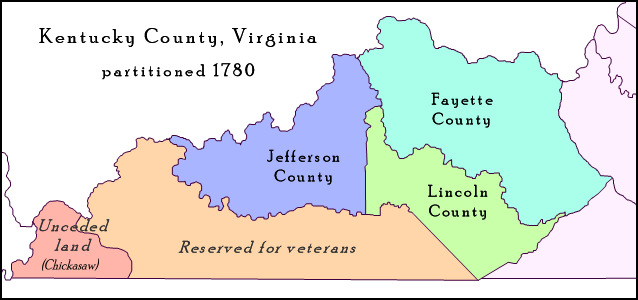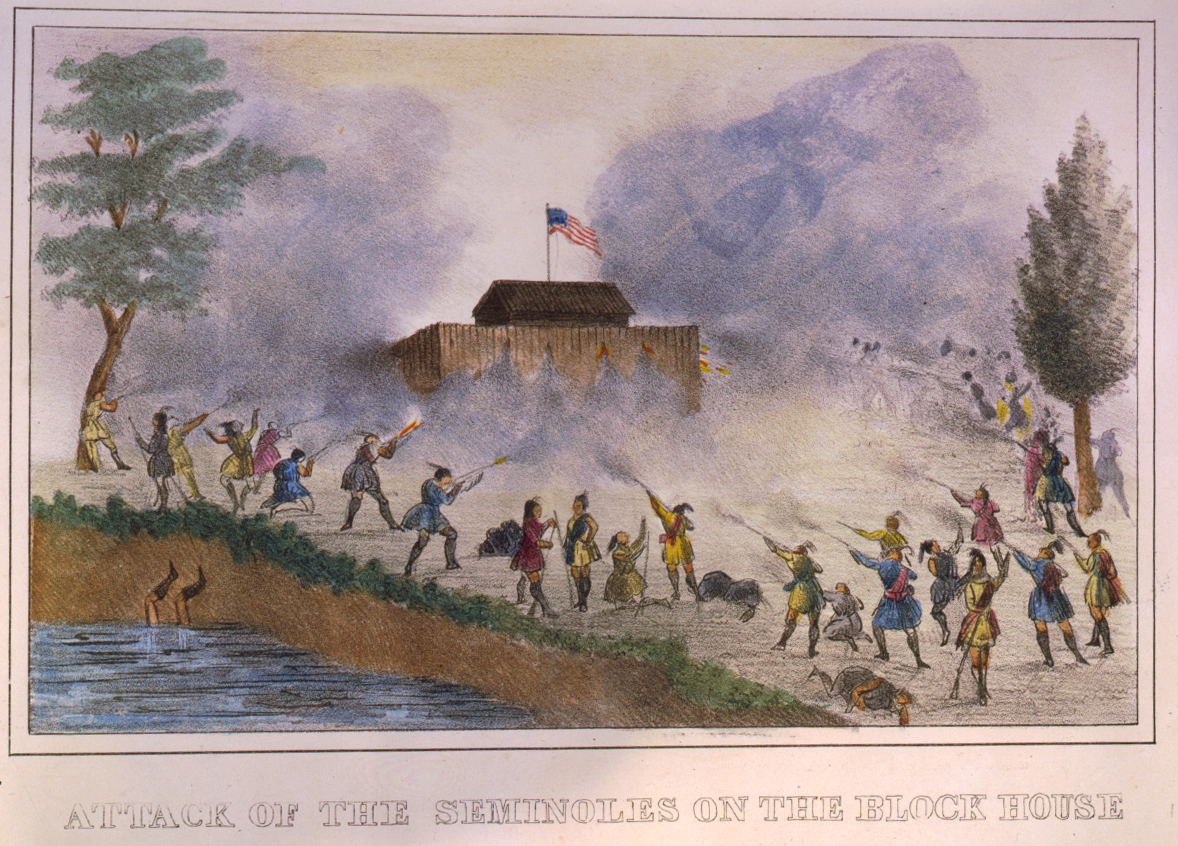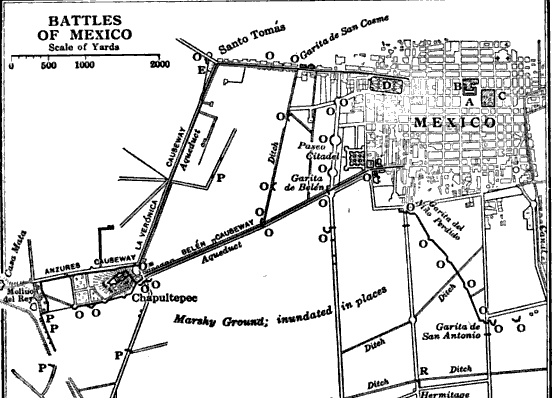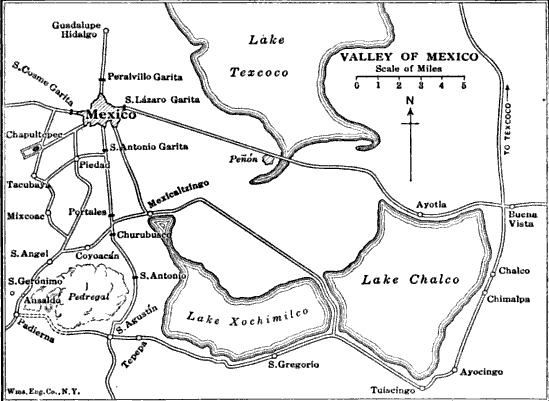|
John Breckinridge Grayson
John Breckinridge Grayson (October 18, 1806 – October 21, 1861) was a career United States Army officer and a graduate of West Point. He is well known for being a Confederate brigadier general during the American Civil War, his service during the Mexican-American War, and for his early death only three months after joining the Confederate Army of pneumonia and tuberculosis.John H. Eicher and John Y. Simons' ''Civil War High Commands'' (2001) pg. 265 Early life and career John Grayson was born in Kentucky in 1806 to Alfred W. GraysonHenry Clay, James F. Hopkins, Robert Seagers' ''The Papers of Henry Clay. Volume 3: Presidential Candidate, 1821-1824'' (1959) pg. 379 and Letitia BreckinridgeScotch-Irish Society of America's ''The Scotch-Irish in America: Proceedings and Addresses of the Scotch-Irish Congress, 1st-10th, 1889-1901'' (1890) pg. 206 at the Breckinridge family estate of "Cabell's Dale". After his father's death when he was around ten Grayson's mother married Peter Buell ... [...More Info...] [...Related Items...] OR: [Wikipedia] [Google] [Baidu] |
Fayette County, Kentucky
Fayette County is located in the central part of the U.S. state of Kentucky. As of the 2020 census, the population was 322,570, making it the second-most populous county in the commonwealth. Its territory, population and government are coextensive with the city of Lexington, which also serves as the county seat. Fayette County is part of the Lexington–Fayette, KY Metropolitan Statistical Area. History Fayette County—originally Fayette County, Virginia—was established by the Virginia General Assembly in June 1780, when it abolished and subdivided Kentucky County into three counties: Fayette, Jefferson and Lincoln. Together, these counties and those set off from them later in that decade separated from Virginia in 1792 to become the Commonwealth of Kentucky. Originally, Fayette County included land which makes up 37 present-day counties and parts of 7 others. It was reduced to its present boundaries in 1799. The county is named for the Marquis de LaFayette, who came to ... [...More Info...] [...Related Items...] OR: [Wikipedia] [Google] [Baidu] |
Second Seminole War
The Second Seminole War, also known as the Florida War, was a conflict from 1835 to 1842 in Florida between the United States and groups collectively known as Seminoles, consisting of Native Americans in the United States, Native Americans and Black Indians in the United States, Black Indians. It was part of a series of conflicts called the Seminole Wars. The Second Seminole War, often referred to as ''the'' Seminole War, is regarded as "the longest and most costly of the American Indian Wars, Indian conflicts of the United States". After the Treaty of Payne's Landing in 1832 that called for the Seminole's removal from Florida, tensions rose until open hostilities started with Dade battle. For the next four years, the Seminole and the U.S. forces engaged in small engagements and by 1842 only a few hundred native peoples remained in Florida. The war was declared over on August 14, 1842. Background Bands from various tribes in the southeastern United States had moved into the uno ... [...More Info...] [...Related Items...] OR: [Wikipedia] [Google] [Baidu] |
Pneumonia
Pneumonia is an inflammatory condition of the lung primarily affecting the small air sacs known as alveoli. Symptoms typically include some combination of productive or dry cough, chest pain, fever, and difficulty breathing. The severity of the condition is variable. Pneumonia is usually caused by infection with viruses or bacteria, and less commonly by other microorganisms. Identifying the responsible pathogen can be difficult. Diagnosis is often based on symptoms and physical examination. Chest X-rays, blood tests, and culture of the sputum may help confirm the diagnosis. The disease may be classified by where it was acquired, such as community- or hospital-acquired or healthcare-associated pneumonia. Risk factors for pneumonia include cystic fibrosis, chronic obstructive pulmonary disease (COPD), sickle cell disease, asthma, diabetes, heart failure, a history of smoking, a poor ability to cough (such as following a stroke), and a weak immune system. Vaccines to ... [...More Info...] [...Related Items...] OR: [Wikipedia] [Google] [Baidu] |
Mexican-American War
Mexican Americans ( es, mexicano-estadounidenses, , or ) are Americans of full or partial Mexicans, Mexican heritage. In 2019, Mexican Americans comprised 11.3% of the US population and 61.5% of all Hispanic and Latino Americans. In 2019, 71% of Mexican Americans were born in the United States, though they make up 53% of the total population of foreign-born Latino Americans and 25% of the total foreign-born population. The United States is home to the second-largest Mexicans, Mexican community in the world (24% of the entire emigration from Mexico, Mexican-origin population of the world), behind only Mexico. Most Mexican Americans reside in Southwestern United States, the Southwest (over 60% in the states of California and Texas). Many Mexican Americans living in the United States have assimilated into Culture of the United States, American culture which has made some become less connected with their culture of birth (or of their parents/ grandparents) and sometimes creates an i ... [...More Info...] [...Related Items...] OR: [Wikipedia] [Google] [Baidu] |
Brigadier General (CSA)
The general officers of the Confederate States Army (CSA) were the senior military leaders of the Confederacy during the American Civil War of 1861–1865. They were often former officers from the United States Army (the regular army) prior to the Civil War, while others were given the rank based on merit or when necessity demanded. Most Confederate generals needed confirmation from the Confederate Congress, much like prospective generals in the modern U.S. armed forces. Like all of the Confederacy's military forces, these generals answered to their civilian leadership, in particular Jefferson Davis, the South's president and therefore commander-in-chief of the Army, Navy, and the Marines of the Confederate States. History Much of the design of the Confederate States Army was based on the structure and customs of the U.S. Army when the Confederate Congress established their War Department on February 21, 1861.Eicher, p. 23. The Confederate Army was composed of three parts; th ... [...More Info...] [...Related Items...] OR: [Wikipedia] [Google] [Baidu] |
United States Military Academy
The United States Military Academy (USMA), also known metonymically as West Point or simply as Army, is a United States service academy in West Point, New York. It was originally established as a fort, since it sits on strategic high ground overlooking the Hudson River with a scenic view, north of New York City. It is the oldest of the five American service academies and educates cadets for commissioning into the United States Army. The academy was founded in 1802, one year after President Thomas Jefferson directed that plans be set in motion to establish it. It was constructed on site of Fort Clinton on West Point overlooking the Hudson, which Colonial General Benedict Arnold conspired to turn over to the British during the Revolutionary War. The entire central campus is a national landmark and home to scores of historic sites, buildings, and monuments. The majority of the campus's Norman-style buildings are constructed from gray and black granite. The campus is a pop ... [...More Info...] [...Related Items...] OR: [Wikipedia] [Google] [Baidu] |
American Civil War
The American Civil War (April 12, 1861 – May 26, 1865; also known by other names) was a civil war in the United States. It was fought between the Union ("the North") and the Confederacy ("the South"), the latter formed by states that had seceded. The central cause of the war was the dispute over whether slavery would be permitted to expand into the western territories, leading to more slave states, or be prevented from doing so, which was widely believed would place slavery on a course of ultimate extinction. Decades of political controversy over slavery were brought to a head by the victory in the 1860 U.S. presidential election of Abraham Lincoln, who opposed slavery's expansion into the west. An initial seven southern slave states responded to Lincoln's victory by seceding from the United States and, in 1861, forming the Confederacy. The Confederacy seized U.S. forts and other federal assets within their borders. Led by Confederate President Jefferson Davis, ... [...More Info...] [...Related Items...] OR: [Wikipedia] [Google] [Baidu] |
Battle For Mexico City
The Battle for Mexico City refers to the series of engagements from September 8 to September 15, 1847, in the general vicinity of Mexico City during the Mexican–American War. Included are major actions at the battles of Molino del Rey and Chapultepec, culminating with the fall of Mexico City. The U.S. Army under Winfield Scott won a major victory that ended the war. Background The major objective of American operations in central Mexico had been the capture of Mexico City. After capturing the port of Veracruz in March, General Winfield Scott was able to secure a base and move inland and defeat a large Mexican force at the Battle of Cerro Gordo. After routing the Mexicans at the Battle of Churubusco, Scott's army was less than eight kilometers (five miles) away from its objective of Mexico City. Battles Molino del Rey On September 8, the fight for Mexico City began. General Scott believed that a cannon foundry was located at the Molino del Rey, known as the ''King's Mill ... [...More Info...] [...Related Items...] OR: [Wikipedia] [Google] [Baidu] |
Battle Of Chapultepec
The Battle of Chapultepec was a battle between American forces and Mexican forces holding the strategically located Chapultepec Castle just outside Mexico City, fought 13 September 1847 during the Mexican–American War. The building, sitting atop a hill, was an important position for the defense of the city. The battle was part of the campaign to take Mexico City, for which General Winfield Scott's U.S. Army totaled 7,200 men. General Antonio López de Santa Anna, known for vicious attacks against Native Mexican American tribes, had formed an army of approximately 25,000 men. Mexican forces, including military cadets of the Military Academy, defended the position at Chapultepec against 2,000 U.S. forces. The Mexicans' loss opened the way for the Americans to take the center of Mexico City. In Mexican history, the battle is cast as the story of the brave deaths of six cadets, the Niños Héroes, who leapt to their deaths rather than be taken captive, with one wrapping himself ... [...More Info...] [...Related Items...] OR: [Wikipedia] [Google] [Baidu] |
Battle Of Molino Del Rey
The Battle of Molino del Rey (8 September 1847) was one of the bloodiest engagements of the Mexican–American War as part of the Battle for Mexico City. It was fought in September 1847 between Mexican forces under General Antonio León against an American force under Major General Winfield Scott at El Molino del Rey on the fringes of Mexico City. The Americans made little progress in this battle, but the Mexican forces were unable to hold them back long enough to prevent the capture of Mexico City one week later. Background The Americans were camped south of Mexico City, Scott and Worth's division at Tacubaya, Gideon Johnson Pillow's division at Mixcoac, David E. Twiggs division at San Ángel, and John A. Quitman's division at San Agustín. On 6 September 1847, Scott ended the armistice following the Battle of Churubusco as negotiations broke down, as it became clear that Antonio López de Santa Anna was preparing to resume fighting.Bauer, K.J., 1974, ''The Mexican War, 18 ... [...More Info...] [...Related Items...] OR: [Wikipedia] [Google] [Baidu] |
Battle Of Churubusco
The Battle of Churubusco took place on August 20, 1847, while Santa Anna's army was in retreat from the Battle of Contreras or Battle of Padierna during the Mexican–American War. It was the battle where the San Patricio Battalion, made up largely of US deserters, made their last stand against U.S. forces. The U.S. Army was victorious, outnumbering more than two-to-one the defending Mexican troops. After the battle, the U.S. Army was only 5 miles (8 km) away from Mexico City. 50 Saint Patrick's Battalion members were officially executed by the U.S. Army, all but two by hanging. Collectively, this was the largest mass execution in United States history. Background Following their defeats at Contreras, Antonio López de Santa Anna ordered Major General Nicolás Bravo Rueda with the Army of the Center, to retreat from San Antonio to Churubusco.Bauer, K.J., 1974, ''The Mexican War, 1846-1848'', New York:Macmillan, Santa Anna also ordered Major General Manuel Rincón to ... [...More Info...] [...Related Items...] OR: [Wikipedia] [Google] [Baidu] |
Battle Of Contreras
The Battle of Contreras, also known as the Battle of Padierna, took place on 19–20 August 1847, in one of the final encounters of the Mexican–American War, as invading U.S. forces under Winfield Scott approached the Mexican capital. American forces surprised and then routed the Mexican forces of General Gabriel Valencia, who had disobeyed General Antonio López de Santa Anna's orders for his forces' placement. Although the battle was an overwhelming victory for U.S. forces, there are few depictions of it in contemporary popular prints. The armies re-engaged the next day in the Battle of Churubusco. Background General Gabriel Valencia's army of the north was part of the forces that fought at the Battle of Buena Vista in February 1847, in which Santa Anna retreated before giving a crushing blow to the forces of Zachary Taylor. The Mexican forces were then divided in two, with one sent to Cerro Gordo and the other to San Luis Potosí. General Valencia was given the command of ... [...More Info...] [...Related Items...] OR: [Wikipedia] [Google] [Baidu] |




.jpg)




